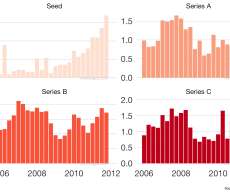The Virus Survival Strategy For Your Startup
Steve Blank
MARCH 17, 2020
The questions every startup or small business CEO needs to ask now are: What’s my Burn Rate and Runway? What does your new business model look like? Burn Rate and Runway. To answer the first question, take stock of your current gross burn rate i.e. how much cash are you spending each month.





















Let's personalize your content